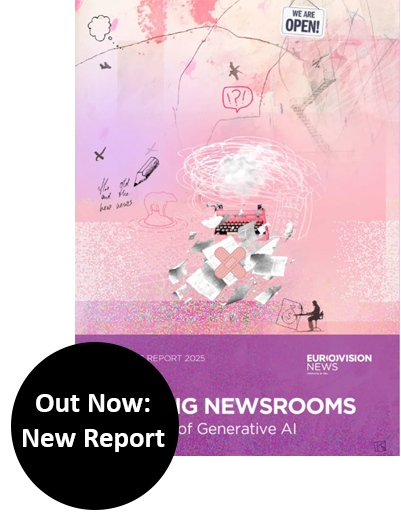A new report by the Women’s Media Center on gender diversity tells a discouraging story — across all media types — online, print and broadcast — men get roughly 60 percent of the bylines and women only 40 percent.
With some news, one would prefer it was misinformation. But the new Status of Women in the US Media 2019 report by the Women’s Media Center is based on real numbers, and it tells a discouraging story. Even though women outnumber men in journalism schools and colleges, the traditional gender pattern in American media prevails.
Across all media types — online, print and broadcast — men get roughly 60 percent of the bylines and women only 40 percent. Apart from some laudable exceptions, a generational shift is nowhere in sight. Men dominate almost all subject areas, and the situation at the news agencies AP and Reuters is particularly bad. But even more alarming could be the fact that when the American Society of News Editors sent out its annual diversity survey last year, only 17 percent of 1,700 media organizations responded — an historic low. Apparently the bulk of newsrooms couldn’t care less.
This is disturbing news. It indicates that the media has become tired of the gender debate already. In an industry where attention spans are short and the quest for breaking news is relentless, gender equality has lost its way even before the policies that were developed to battle it have been implemented and shown results.
Diversity is a huge issue in newsrooms, especially from a European perspective. Having conducted many interviews with newsroom leaders and heads of journalism schools for an ongoing research project on talent and diversity in three countries — Germany, the United Kingdom and Sweden — there is every reason to believe that diversity is fairly high up on their agendas. It also scored prominently in the Reuters Institute’s annual “Trends and Predictions” survey, emphasised by 56 percent of the international media leaders in the sample, up ten percentage points from last year.
But it is not gender diversity that editors-in-chief are worrying about. These days they are much more concerned about the diversity of political viewpoints and social backgrounds of their staff. There is nothing wrong with that.
To the contrary, in increasingly polarized societies it is vitally important that journalists reflect the whole picture, not just a particular segment of it. Except this quest for inclusive newsrooms might come at the expense of the 50 percent of society that haven’t been equally represented in news coverage for decades — women.
Strangely many newsroom leaders also describe that the profession that has become increasingly feminized. Journalism schools churn out female job applicants in abundance, and they are often better qualified than their male counterparts. There is a significant pipeline of female talent particularly in the digital sphere, and ever-increasing numbers of women are populating newsrooms. But that doesn’t mean they are getting the bylines or the bucks. As the American data shows, women are still much less likely to hold prestigious, high-visibility jobs in this field and the gender wage gap is prevalent almost everywhere.
Media leaders need to know that before abandoning all efforts to support women, it is vital to get the statistics right. This is why counting bylines, measuring on-air time or comparing salaries are much more telling indicators of gender equity than plain numbers. It makes a huge difference in journalism when more voices are heard. And it makes a huge difference in society, too.
This text was published by NewsMavens on 1st March 2019



